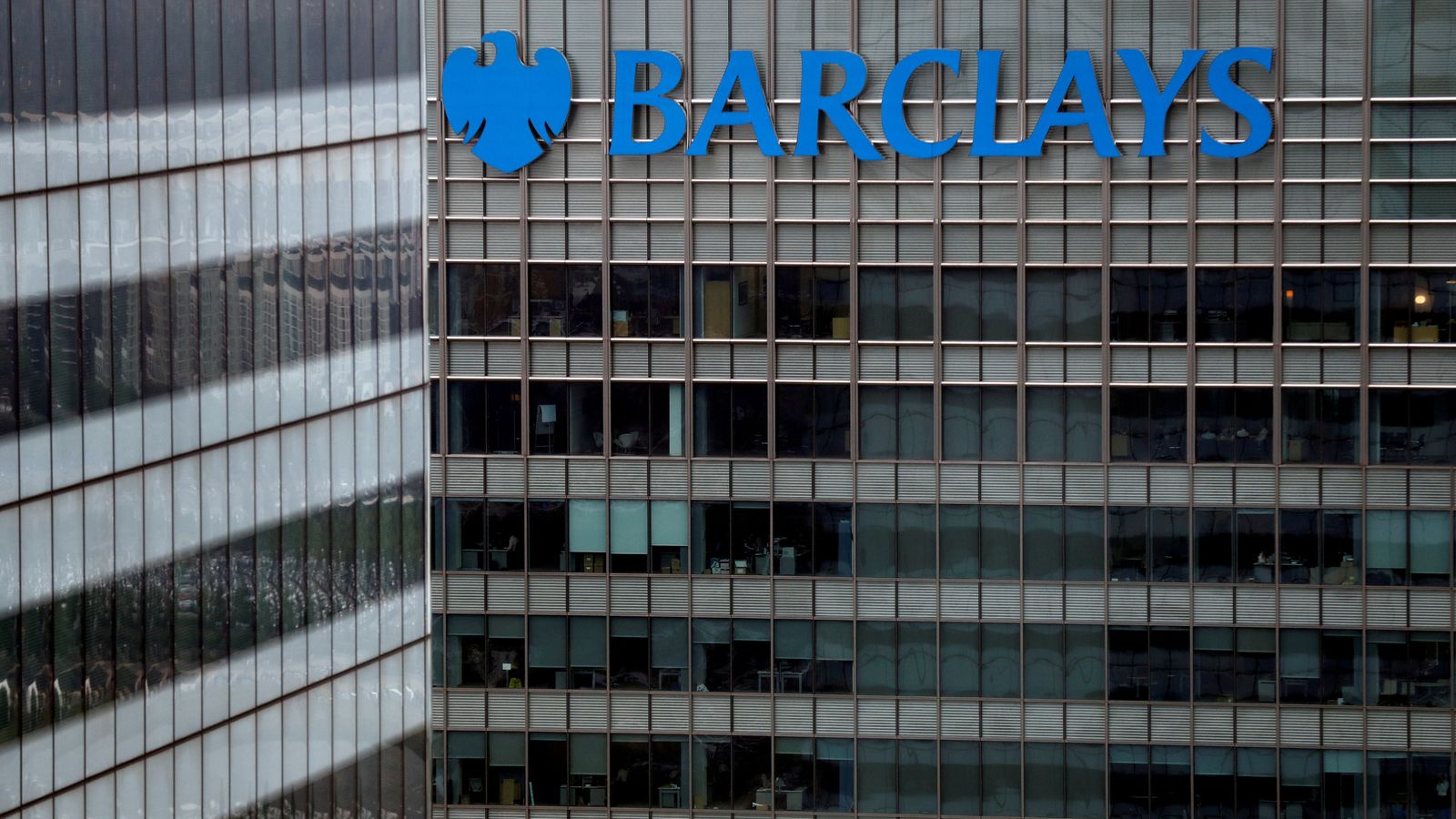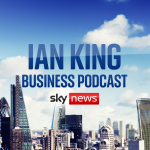Barclays was given a thumbs down from the City despite a bumper rise in quarterly profits to £2.4bn and growing optimism about the UK’s recovery from the COVID-19 downturn.
The lender delivered earnings of £2.4bn in the January-March period, up from £923m a year ago when the economic picture was darkened by the prospect of prolonged lockdowns.
But shares fell nearly 6% as the UK-based group’s investment arm recorded a mixed performance and its Barclaycard business slipped with consumer spending still under pressure.
Barclays also warned that it faced higher costs for this year than last, partly due to an ongoing review of how much office space it will need in a post-pandemic hybrid working environment.
The profit figure, representing Barclays’ best quarterly performance for 13 years, came as chief executive Jes Staley adopted an upbeat tone about the months ahead for the economy.
Mr Staley followed other recent forecasts in predicting the strongest annual growth for the UK since the 1940s – after it suffered its biggest collapse for three centuries last year.
He said that spending data collated by the bank meant it was “already seeing encouraging early signs of recovery in some sectors, including those hardest hit by the pandemic”.
Mr Staley said in the first two weeks of April – after the end of the period covered by the results – the spending numbers were up 70% on the same period a year ago.
“We’re starting to see a quite robust economic recovery in 2021 and we think that will carry through into 2022,” he added.
However the bank adopted an apparently more cautious stance than rivals such as HSBC, Lloyds and Natwest, which have been starting to claw back some of the billions set aside to cover losses from loans going bad during the pandemic.
Instead, Barclays set aside a further £55m provision, though that was far lower than the £2.1bn hit that it took for the same period a year ago.
In its investment banking arm, the firm benefited from a markets boom thanks to high levels of derivatives trading and fees on stock market fundraising – but saw a downturn in its fixed income, currencies and commodities arm compared to a frenzied period at the start of 2020.
Barclays said that during the first quarter its business serving UK consumers was squeezed, as with other lenders, by low interest rates, though mortgages grew by £3.6bn.
Income from Barclaycard in the UK fell by 28% amid “reduced borrowing and spend levels” by customers, with a similar picture for the cards business in the rest of the world.
Russ Mould, investment director at AJ Bell, said: “It may be boom time for the UK economy according to Barclays chief executive Jes Staley but not for the company itself judging by the reaction to its latest trading update
“The decision not to adjust its previous bad debt estimates, unlike most of its peer group, appears to have spooked the market along with a patchy investment banking performance and a cautious view on costs as Barclays looks at reducing its physical footprint.
“Less of us seem to be splurging with our credit cards in lockdown judging by the performance of Barclaycard, perhaps because of belt tightening on one side and on the other because some people have built up a cash buffer and therefore don’t need to use credit.”






















